As the summer winds down, your garden doesn’t have to follow suit. In fact, the transition from summer to fall can be one of the most rewarding times of all for small-space gardeners. Replanting after your summer harvest means you can enjoy crisp, homegrown produce for weeks—sometimes months—beyond the traditional growing season.
Whether you have a balcony, rooftop, patio, or compact raised bed you can plant again and get a second round of delicious results. The rewards are well worth the effort!
In this guide, we’ll explore the reasons why replanting makes sense, which crops thrive in cooler weather, and how to give your fall garden the best chance of success for your fall harvest.
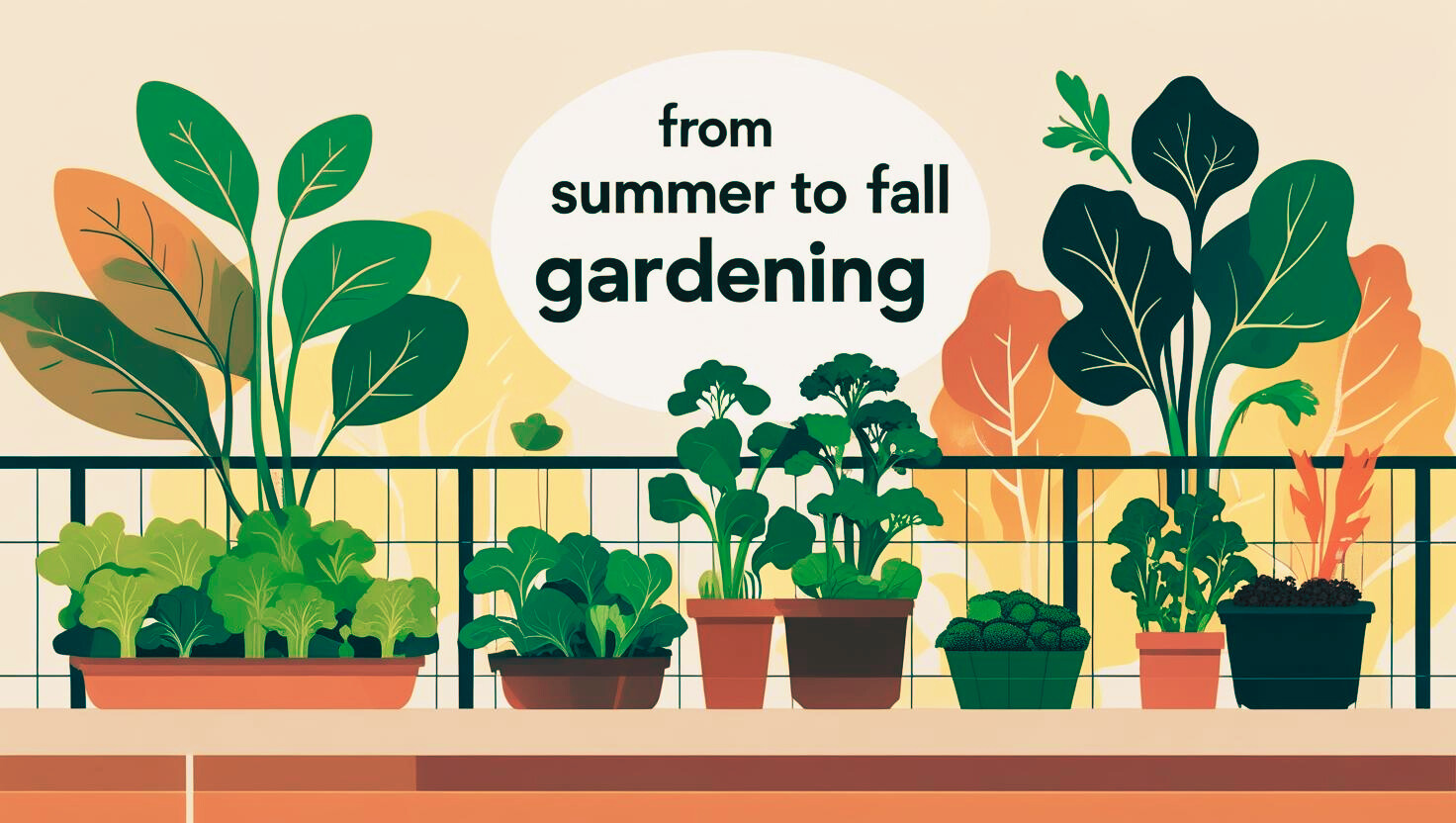
Understanding the Transition: From Summer to Fall Gardening 🍂
Seasonal gardening is more than just changing the plants you’re growing—it’s just as much about adapting your methods to match the weather and daylight hours.
Key Differences Between Summer and Fall Gardening
- Fall days are shorter and growth will slow—choose crops that mature quickly.
- Cooler nights reduce watering needs but can also increase frost risk.
- Pests often decline in fall, but you may see an uptick in slugs or late-season caterpillars.
Why Crop Rotation and Soil Revitalization Matter
Replanting the same crop family in the same container or bed can lead to nutrient depletion and increased disease risk. Rotate your plant families (e.g., don’t follow tomatoes with peppers; instead, plant leafy greens or roots) and always refresh the soil with compost or organic fertilizer before planting.
Why Replanting After Summer Makes Sense 🌿
Replanting after your summer harvest is a great way to squeeze in some extra crops, but it’s a smart use of your limited space and resources.
Keeps Your Garden Productive
Instead of letting your containers sit empty, fill them with cool-weather plants that will keep your harvest going strong. This is especially important in small spaces where every square inch counts.
Boosts Soil Health
Fall crops provide ground cover that reduces weeds, prevents soil erosion, and helps retain nutrients. Even better, some crops (like leafy greens) are quick growers that improve soil structure as they mature. And all those benefits to soil health extend to container gardens also.
Extends the Enjoyment
There’s nothing like fresh spinach in October or snipping parsley in November. By replanting, you can enjoy homegrown food long after many gardeners have packed it in for the season.
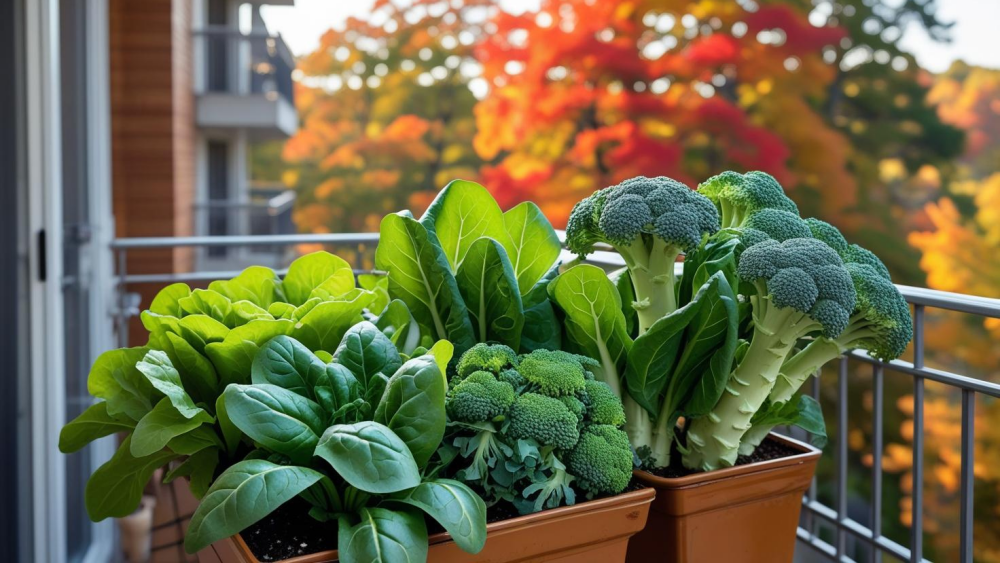
Choose the Right Fall Crops for Small-Space Gardens 🥕
The key to a successful fall garden in small spaces is choosing the best fall crops, those that grow quickly, can handle the cooler temps, and fit your available containers or beds.
Fast-Growing Leafy Greens 🥬
Leafy greens are your all time fall planting champions. These plants grow quickly, don’t need deep soil, and thrive in cooler temperatures.
- Spinach – Rich in vitamins and cold-tolerant.
- Arugula – Peppery flavor and ready to harvest in just a few weeks.
- Lettuce mixes – Great for cut-and-come-again harvesting.
- Mustard greens – Add a spicy kick to salads and stir-fries.
Compact Root Vegetables 🌱
Root crops can be a surprise fall winner in small gardens if you choose compact or “baby” varieties.
- Radishes – One of the fastest crops—ready in about three weeks.
- Baby carrots – Sweet flavor, short roots.
- Turnips – Great roasted or in soups.
- Beets – Both roots are especially high in anti-oxidants and greens are also edible.
Cool-Tolerant Herbs 🌿
Some herbs actually get more flavorful in cooler weather.
- Parsley – Tolerates frost and regrows well.
- Cilantro – Prefers cooler temps and bolts less in fall.
- Chives – Hardy and perfect for overwintering indoors.
Brassicas for Balcony & Patio Gardens 🥦
These cold-loving crops thrive in fall’s mild temps and can be grown in larger containers:
- Kale (compact varieties like ‘Dwarf Blue Curled’)
- Bok choy
- Mini broccoli varieties
💡 Download Your Fall Crops for Small-Space Gardens Chart
Get a printable chart with days-to-harvest, container depth, and frost tolerance for each recommended crop. Download here
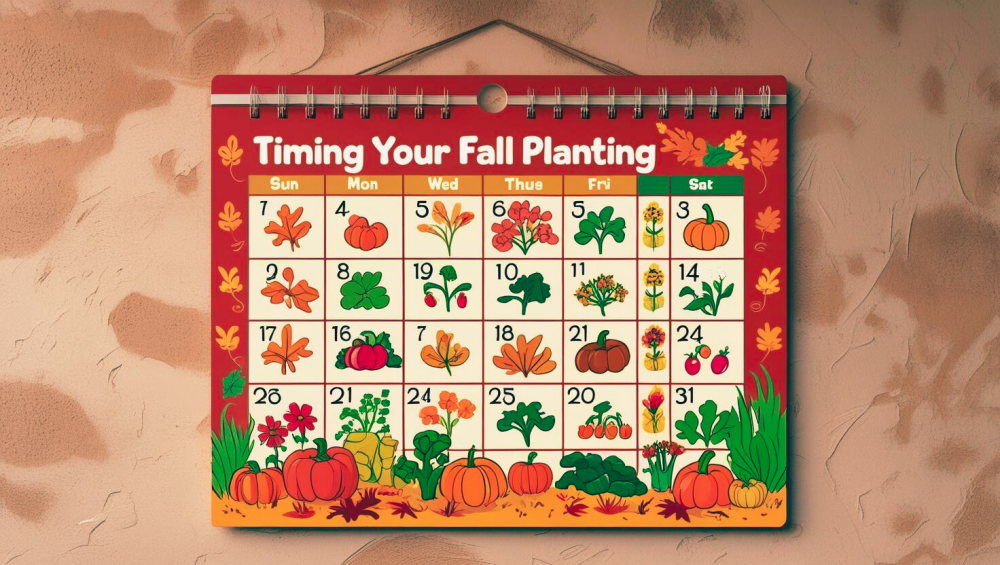
Timing Your Fall Planting for Success ⏳
The biggest trick to fall gardening is timing. You want plants to mature before the first hard frost, but not so early that they suffer in late-summer heat.
Count Back from First Frost
Find your region’s average first frost date, then count backward the “days to harvest” for each crop (plus one to two weeks for slower growth in cooler weather).
Quick Reference Timelines
- Leafy greens: Plant 4–8 weeks before first frost.
- Root veggies: Plant 6–10 weeks before first frost.
- Brassicas: Plant 8–12 weeks before first frost.
- Herbs: Plant 8–10 weeks before first frost, or start indoors.
Small-Space Considerations
- Refresh soil with compost or slow-release organic fertilizer before planting.
- Use mulch to insulate roots and keep soil temperatures stable.
- Water less often but deeply, as cooler air slows evaporation.
Small-Space Planting & Care Tips for Fall Crops 🪴
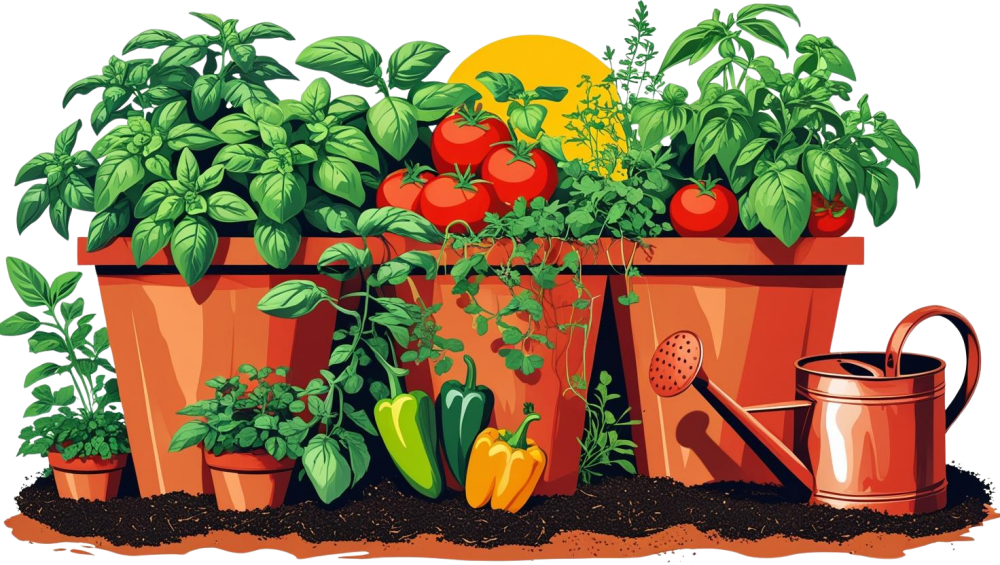
- Container Depth Hacks – Leafy greens need only 6–8 inches of soil, but roots need at least 8–12 inches.
- Soil Refresh – Replace the top few inches of tired summer soil with fresh mix or compost.
- Mulching – Use straw, shredded leaves, or bark to retain warmth, especially important in cooler climates.
- Watering Adjustments – Check moisture at least twice a week and water in the morning to avoid overnight wetness.
Nurturing and Harvesting Your Autumn Bounty🍁
- Pest Management – While pest pressure is lower, keep an eye out for aphids, slugs, and caterpillars.
- Harvesting at Peak Flavor – Pick greens young for tender leaves; harvest roots when they reach mature size but before the ground freezes.
- Preserving Your Fall Harvest – Freeze chopped herbs, pickle radishes, or roast and freeze beets for winter meals. For those who don’t exactly care for the earthy flavor of beets, there are many recipes and instructions available for canning your own beets. Check out the following You tube video.
- How to Pickle Beets Easy – From Garden to Pantry
Keep the Cycle Going🔄
Don’t stop at fall—use your late-season planting as a bridge to next spring.
- Plant garlic and onions in fall for an early summer harvest.
- Overwinter perennial herbs like thyme and chives.
- Plan your spring planting now so you can rotate crops for healthier soil.
For more tips on maximizing your harvest in small spaces, check out our Urban Harvesting Guide.
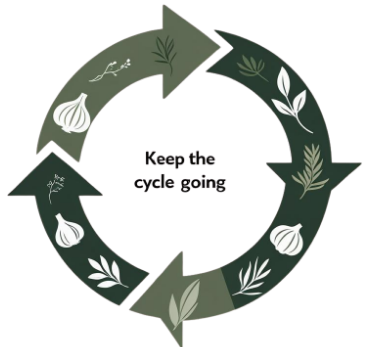



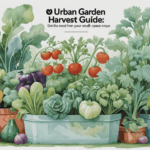
The approach to maximizing fall harvests in small spaces really resonates with me, especially the emphasis on crops that thrive in cooler weather while making efficient use of limited garden real estate. The blend of greens, root vegetables, and fast-growing plants creates a practical balance between productivity and variety. It’s inspiring to see how thoughtful crop selection can turn even the smallest garden into a steady source of fresh produce well into the colder months, proving that seasonal transitions can be just as abundant as peak summer.